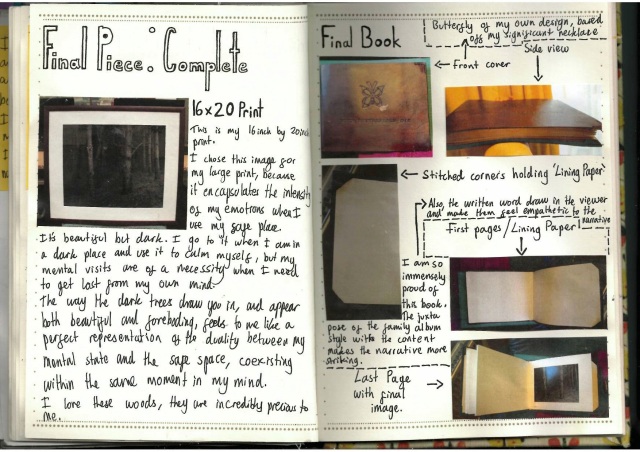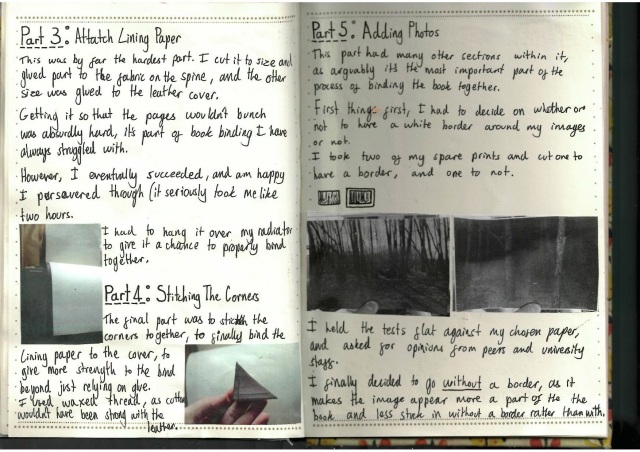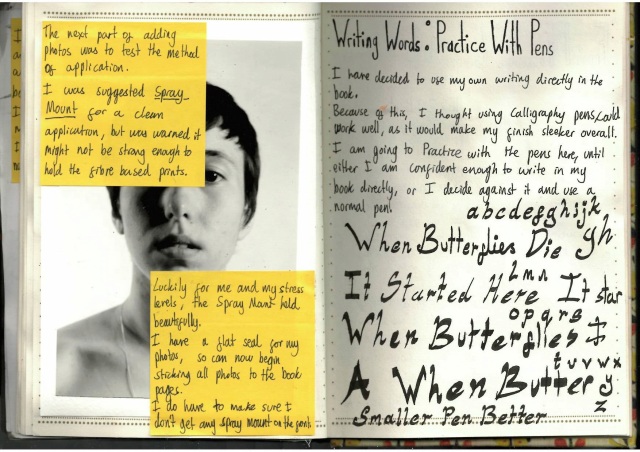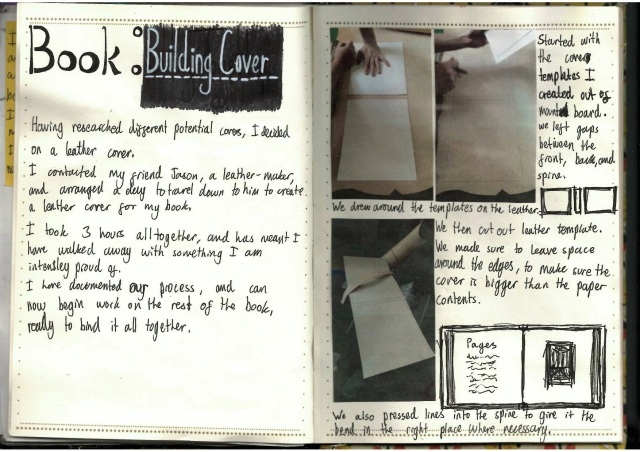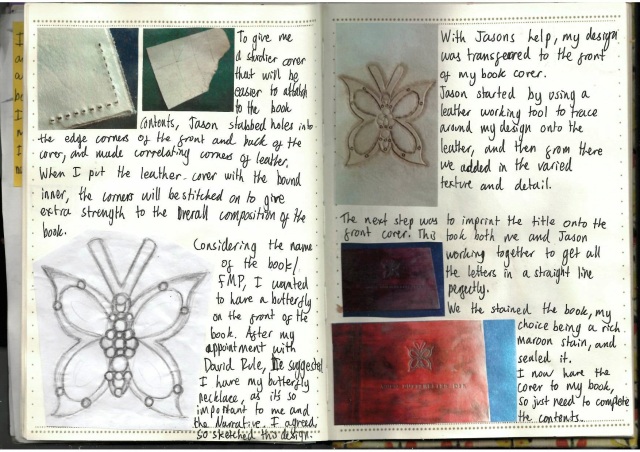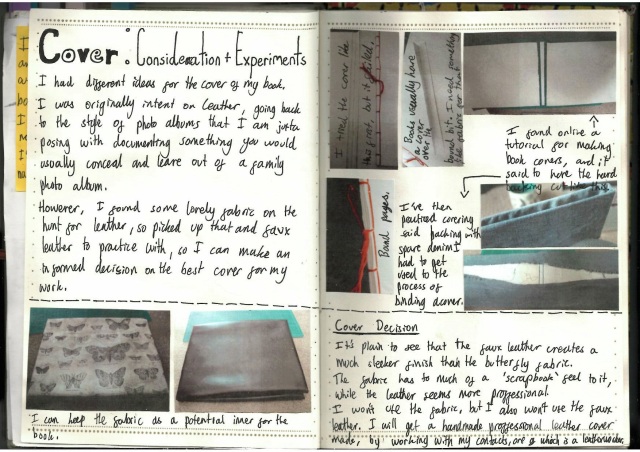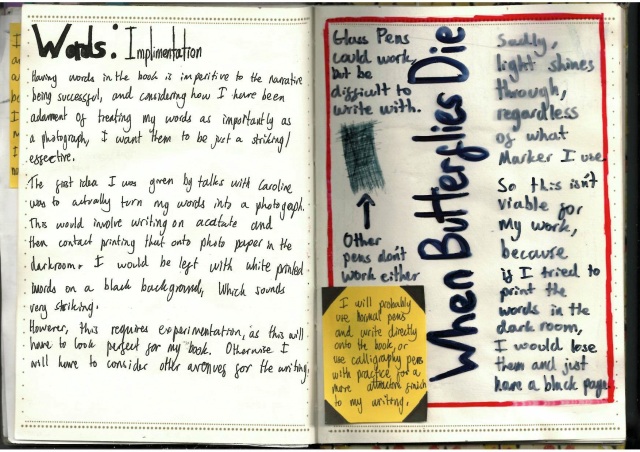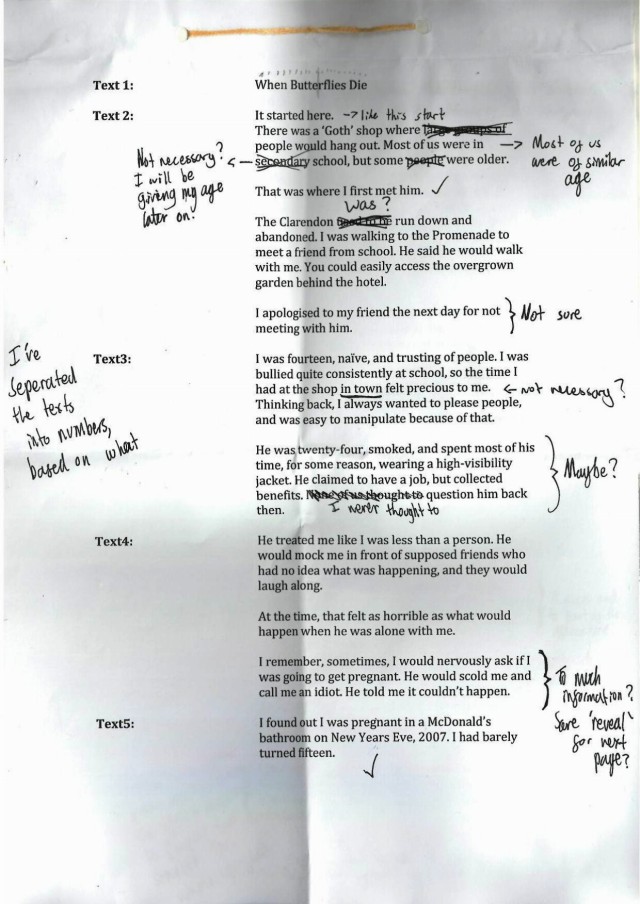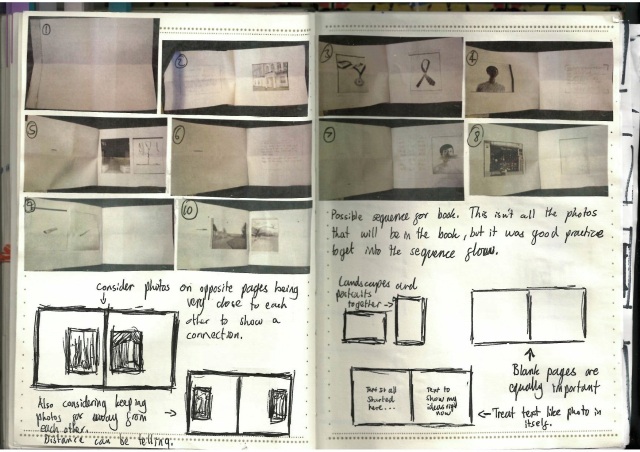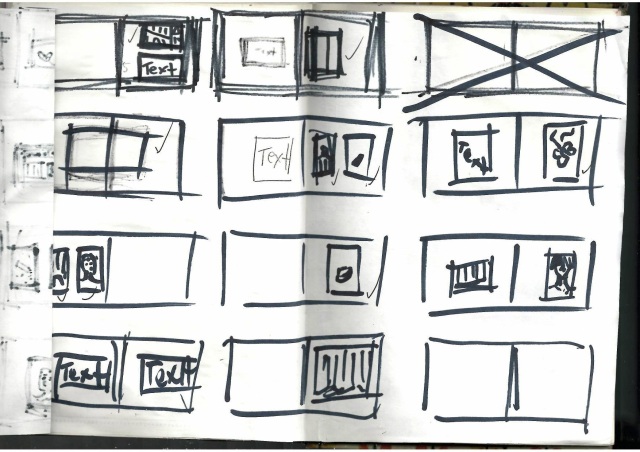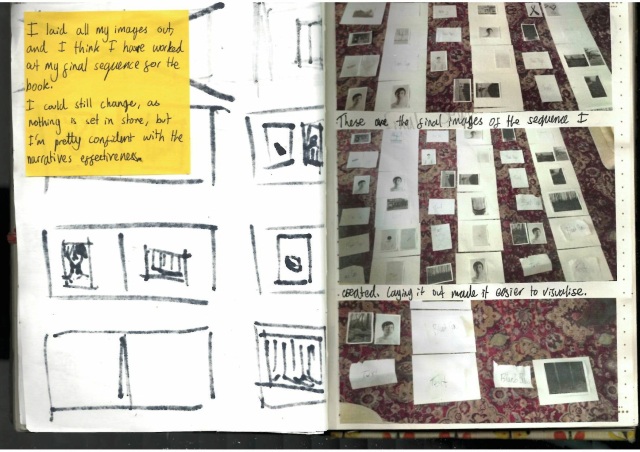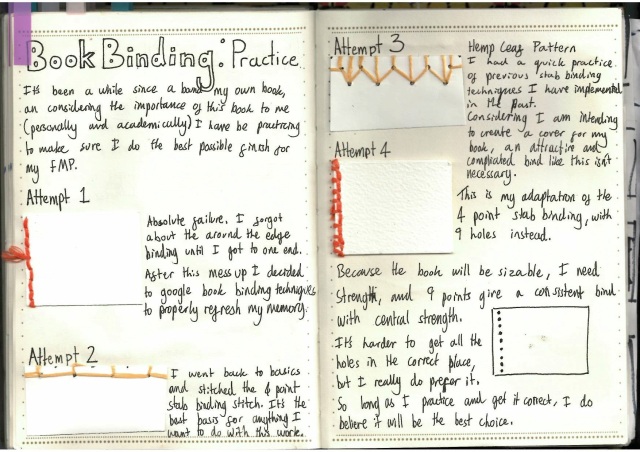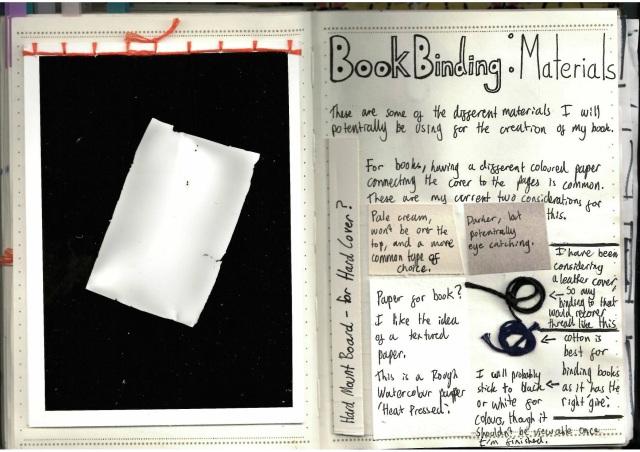Coventry University BA (Hons) Photography
Working with Photography Practice in Context: 352MC
PROJECT PROPOSAL
Student: Emma Shea Date: Jan 2015
|
After focusing on it in our 351MC Module, Photography and Narrative (PHONAR), I intend to continue working with the subject of my personal experiences with rape and sexual abuse. I wish to create a body of work that translates the emotional trauma and timeline of my experiences into something that the audience can understand, empathise and engage with.
My current thoughts for presentation are a book, as I think a physical object would help in creating a narrative and an intimate experience with the viewer. I am unsure as to whether I will use digital or manual photography for my work, but I am leaning towards the use of medium format, as this would give me further control over the creation of my work.
I want to use this as an opportunity to explore my own emotions on the subject of my rape and the seven year journey of recovery I have been on since then, while also creating something a viewer can understand, and perhaps through it, leave with a better understand of trauma rape victims experience and the hardships they face through simply surviving after the experience. This ties in well with my symposium subject matter but will take a much more personal look at my own experiences. |
|
2. SKILLS AND RESOURCE REQUIREMENTS Skills to develop · Confidence · Motivation · Stress control · Darkroom Printing Resources · Budget for materials (film, printing, travel, framing, materials for potential book, mockups) · If I choose to go for manual photography, the cost of the project will be higher · Time · Media Loan Shop · Personal Equipment (primarily digital) |
|
3. TIMETABLE Week 1 14/1: Beginning – Project Proposal + relevant research from past work Week 2 21/1: Continue with research Week 3 28/1: Re-visit Project Proposal + develop research further Week 4 04/2: Start to develop ideas based on research + experiment with visuals Week 5 11/2: Idea practice and experimentation Week 6 18/2: Further research and Idea development (SYMPOSIUM PRACTICE) Week 7 25/2: Shooting (SYMPOSIUM EVENT) Week 8 04/3: Shooting Week 9 11/3: Editing? (Maybe darkroom) Week 10 18/3: Editing? (Maybe darkroom) Week 11 25/3: Time for any problems/ idea changes Week 12 04/4: Catch up on any writing/ book work/ blog work that has fallen behind Week 13 11/4: printing Week 14 18/4: Making a book (if book) or framing/ whatever Week 15 25/4: Tying any loose ends together Week 16 04/5: Any emergency time Week 17 11/5: Personal deadline Week 18 18/5: Any emergency time Week 19 20/5: HAND IN DEADLINE |
|
4. OBJECTIVES AND OUTCOMES With reference to the Assessment Requirements (see below) and Intended Learning Outcomes for this Module, specify what you intend to achieve by the end of this project and try and summarize what you hope to have learnt. This section should also include a sentence describing how you want your audience to respond to your work – how, ideally it would be appreciated and understood.
· Engaging body of work that will create an emotive response · Personal therapeutic benefits from telling my own personal story · Body of work suitable for final exhibition · Better skills in photography, whether it be digital, manual, darkroom printing or other skills
I want my audience to have an emotive response from viewing my work. I want the intimacy and trauma to be revealed to them through my images and overall help them to understand my personal experiences and possible the more far reaching implications rape has on victims overall.
|

